We may earn money or products from the companies mentioned in this post. This means if you click on the link and purchase the item, I will receive a small commission at no extra cost to you ... you're just helping re-supply our family's travel fund.
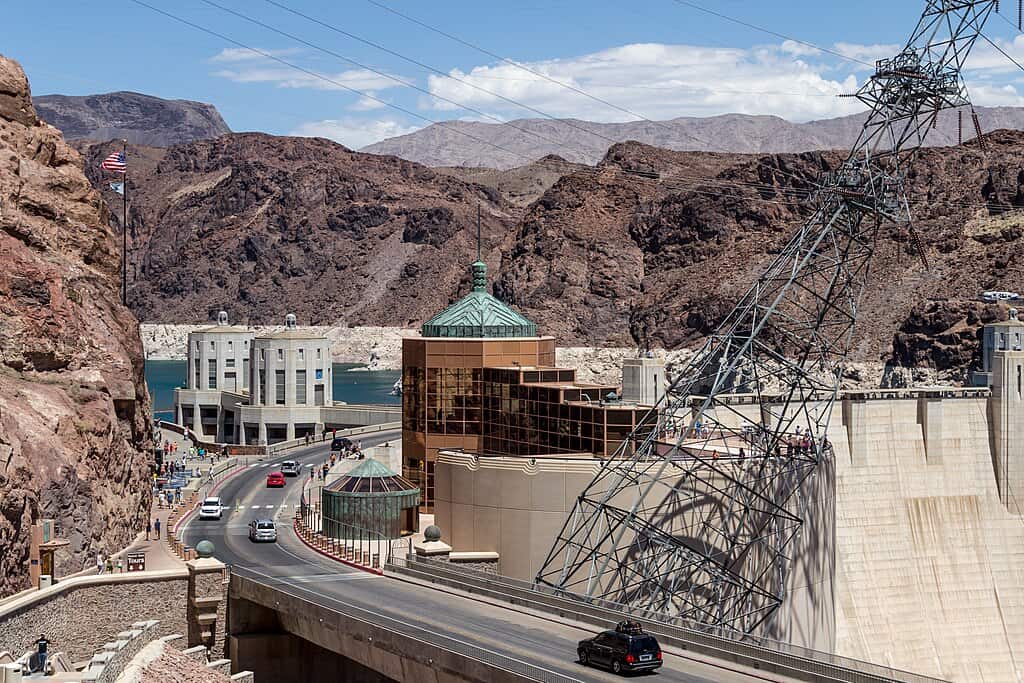
Many iconic American landmarks attract visitors with their architecture, symbolism, or patriotic stories, yet their deeper histories reveal unsettling truths that were often softened or ignored for decades. These sites are tied to forced labor, displacement, political manipulation, and the human cost of nation-building. Exploring their hidden sides allows travelers to understand how progress, power, and memory frequently intersect in complex and uncomfortable ways.
1. Mount Vernon : Virginia
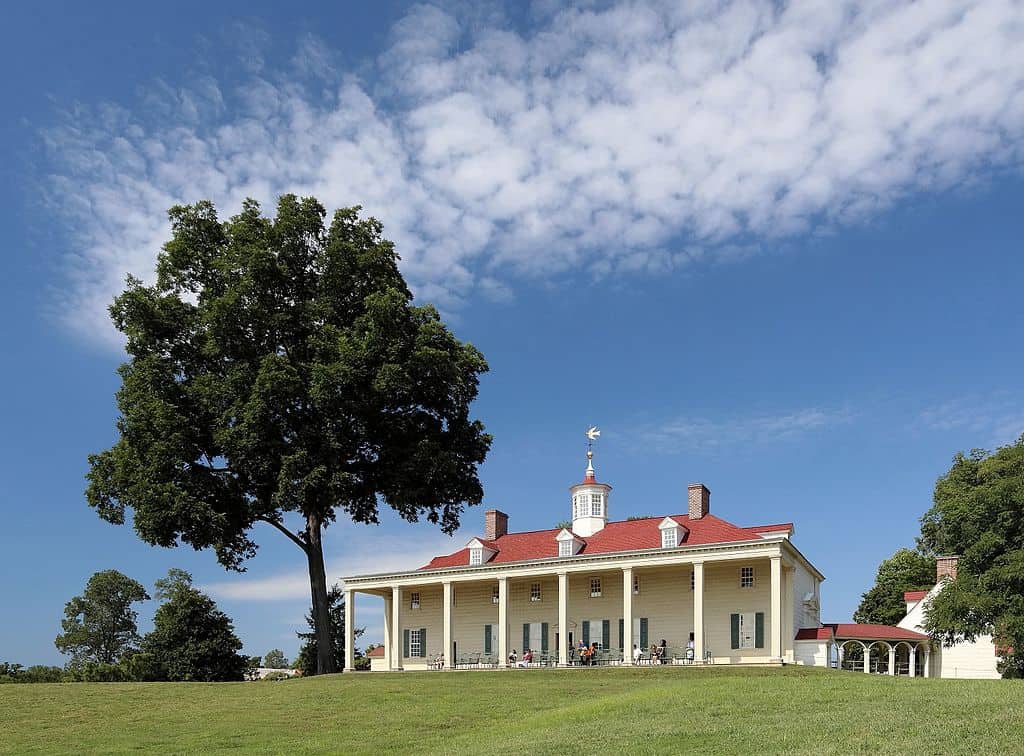
Washington’s Mount Vernon is admired for its elegant 18th-century estate, yet its success relied on the labor of more than 300 enslaved people who sustained its farming, cooking, and craftsmanship operations. Many workers endured exhausting schedules that stretched over 12 hours a day, with strict monitoring and little room for autonomy. Archaeological surveys have uncovered more than 30 workspaces and quarters, revealing a system far harsher than traditional tour narratives once suggested.
2. Monticello : Virginia

Jefferson’s Monticello blends innovation and beauty, but it depended on an enslaved population that at times exceeded 400 individuals, including the Hemings family. Daily plantation output required relentless labor, from maintaining 5,000+ acres to producing goods Jefferson sold to fund his lifestyle. Genetic studies in the late 1990s confirmed Jefferson fathered children with Sally Hemings, exposing long-suppressed power dynamics. Recent restorations now include 7 reconstructed quarters, revealing lives previously minimized.
3. The Alamo : Texas
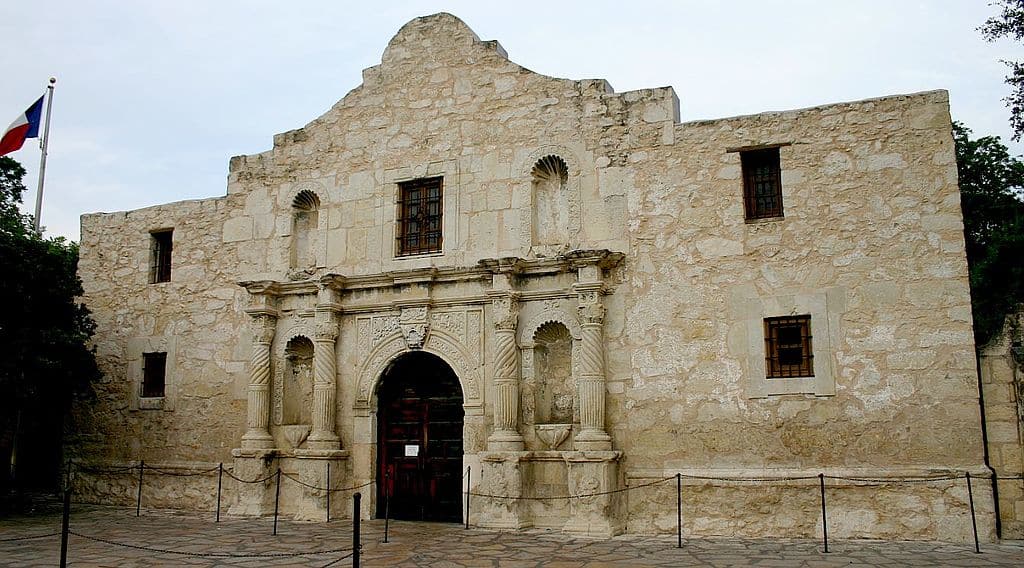
The Alamo is remembered for its 1836 siege, yet many defenders fought partly to resist Mexico’s anti-slavery policies, which threatened economic systems tied to the labor of roughly 5,000 enslaved people in Texas at the time. The battle lasted 13 days, culminating in a deadly assault that left nearly 200 defenders dead. Modern historians highlight how earlier narratives overlooked Indigenous displacement and settler expansion, reframing the site as a symbol with layered political motivations.
4. Independence Hall : Pennsylvania

Independence Hall was the meeting site for the 56 delegates who signed the Declaration of Independence, yet several owned enslaved people while debating liberty. Nearby excavations uncovered remains of at least 80 African individuals, revealing a buried story of forced labor in colonial Philadelphia. Early exhibits skipped these contradictions, focusing on patriotism. Recent updates add more than 20 new interpretive panels, acknowledging the broader social context that shaped America’s founding years.
5. Pearl Harbor : Hawaii
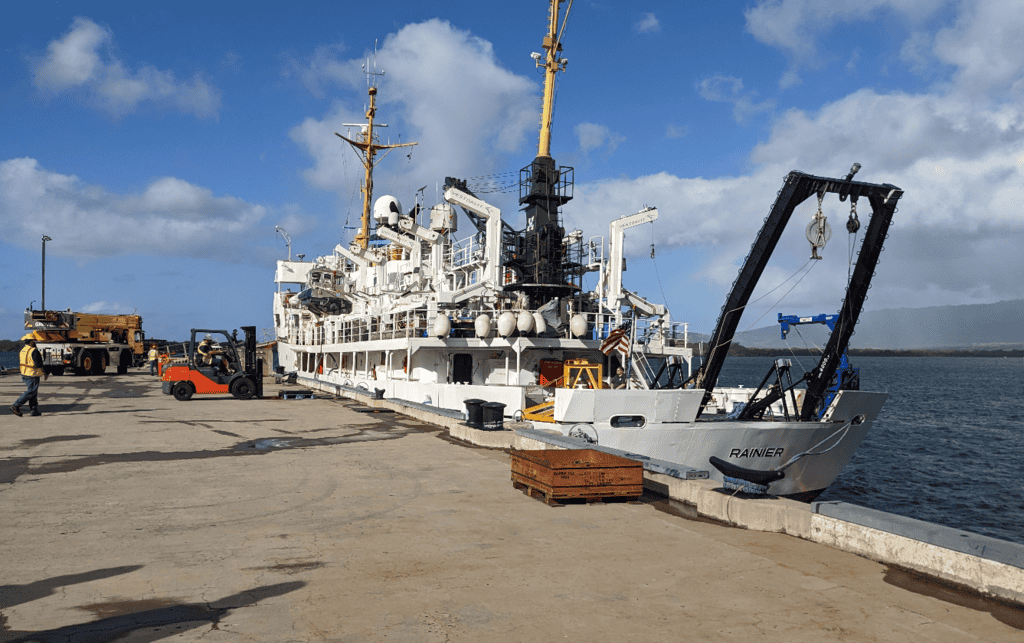
Pearl Harbor commemorates the 2,403 Americans killed in the 1941 attack, but its deeper past reflects the U.S. overthrow of the Hawaiian Kingdom in 1893, followed by annexation without a formal vote. Military expansion displaced hundreds of Native families and consumed over 10,000 acres of traditional land. Many residents view the memorial through both lenses: a place of wartime remembrance and a reminder of political decisions that reshaped Hawaii’s identity and sovereignty.
6. Fort Sumter : South Carolina

Fort Sumter marks the Civil War’s first shots on April 12, 1861, yet public interpretation long echoed “Lost Cause” narratives that minimized the role of slavery, despite over 4 million enslaved people living in the U.S. at the time. The bombardment lasted 34 hours and triggered nationwide mobilization. For decades, exhibits focused on military details, but newer programs integrate more than 15 curated accounts showing how the fort symbolized the fight over human bondage.
7. Bodie : California
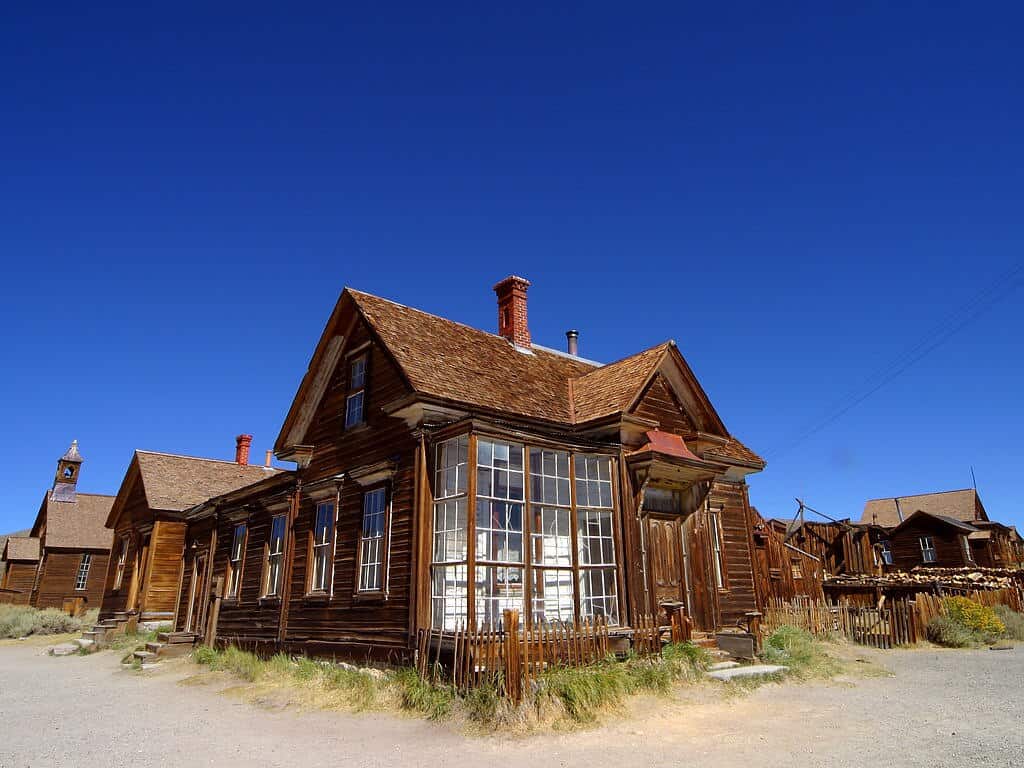
Bodie thrived during the 1870s–1880s gold rush, reaching nearly 10,000 residents, yet life was marked by harsh labor, deadly accidents, and one of the region’s highest violence rates, with more than 70 recorded murders in a single decade. Miners worked shifts exceeding 10 hours in temperatures that could drop below −20°F during winter nights. Immigrant workers faced discrimination and low pay. Preserved in “arrested decay,” Bodie reflects the brutal underside of mining-era prosperity.
8. Hoover Dam : Nevada/Arizona
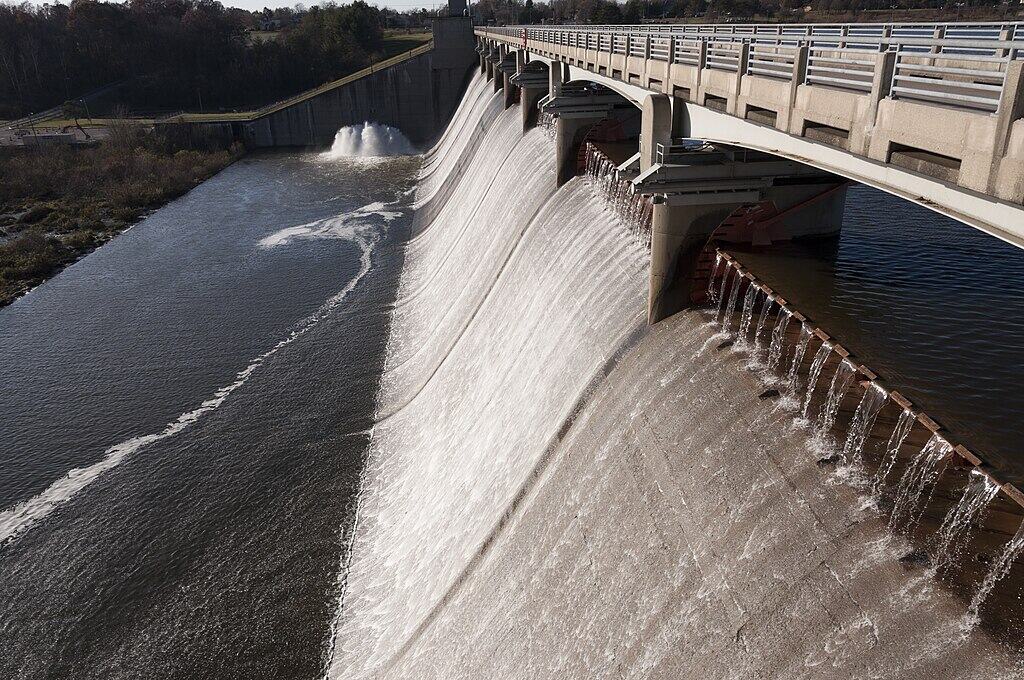
Completed in 1936, Hoover Dam required more than 21,000 workers, many enduring extreme heat surpassing 49°C (120°F) inside tunnels. Official tallies list 96 deaths, though historians estimate the real number may exceed 120, as companies labeled many cases as pneumonia to evade liability. Workers lived in cramped camps where families shared small 16×20 ft cabins. The dam stands as both an engineering milestone and a testament to the risks endured by Depression-era laborers.
9. Ellis Island : New York
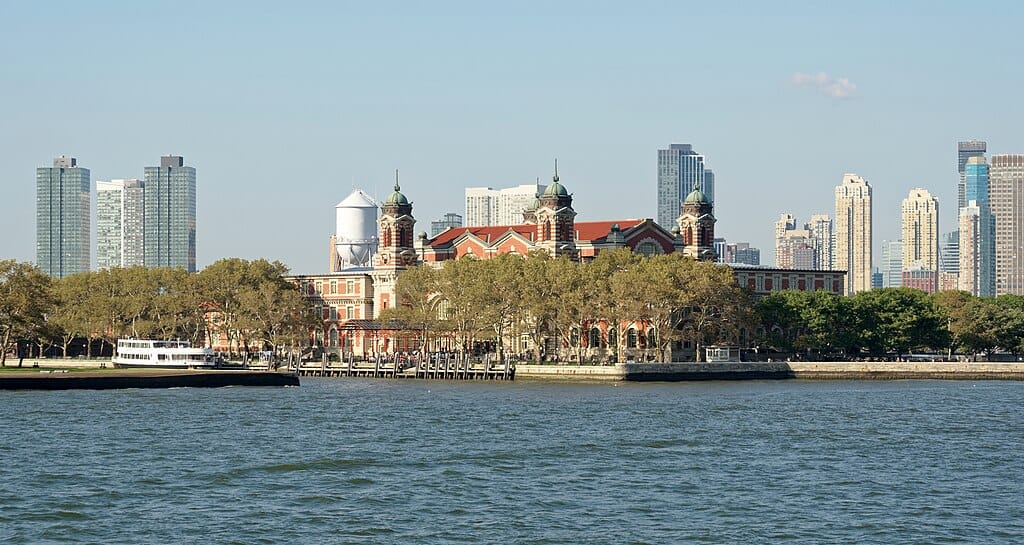
Between 1892 and 1954, Ellis Island processed over 12 million immigrants, yet screenings often reflected discriminatory policies. Roughly 2% of arrivals were deported, sometimes after weeks of detention in rooms designed for far fewer occupants. Medical tests targeted disabilities, while economic assessments excluded thousands deemed “likely to become a public charge.” The site now hosts more than 1 million artifacts, documenting both hope and the hardships rooted in restrictive immigration laws.